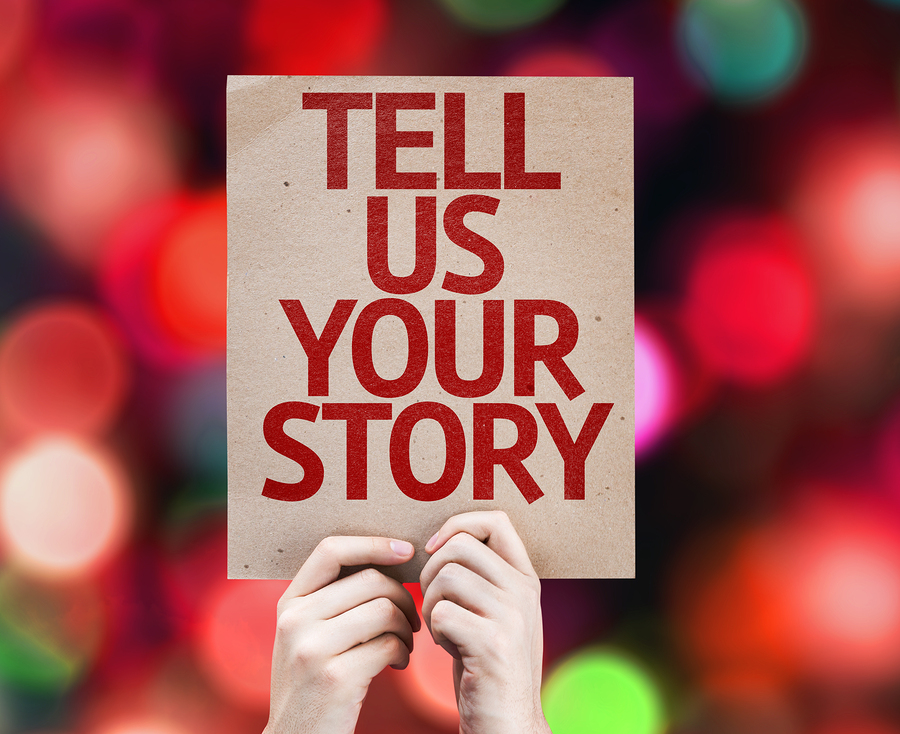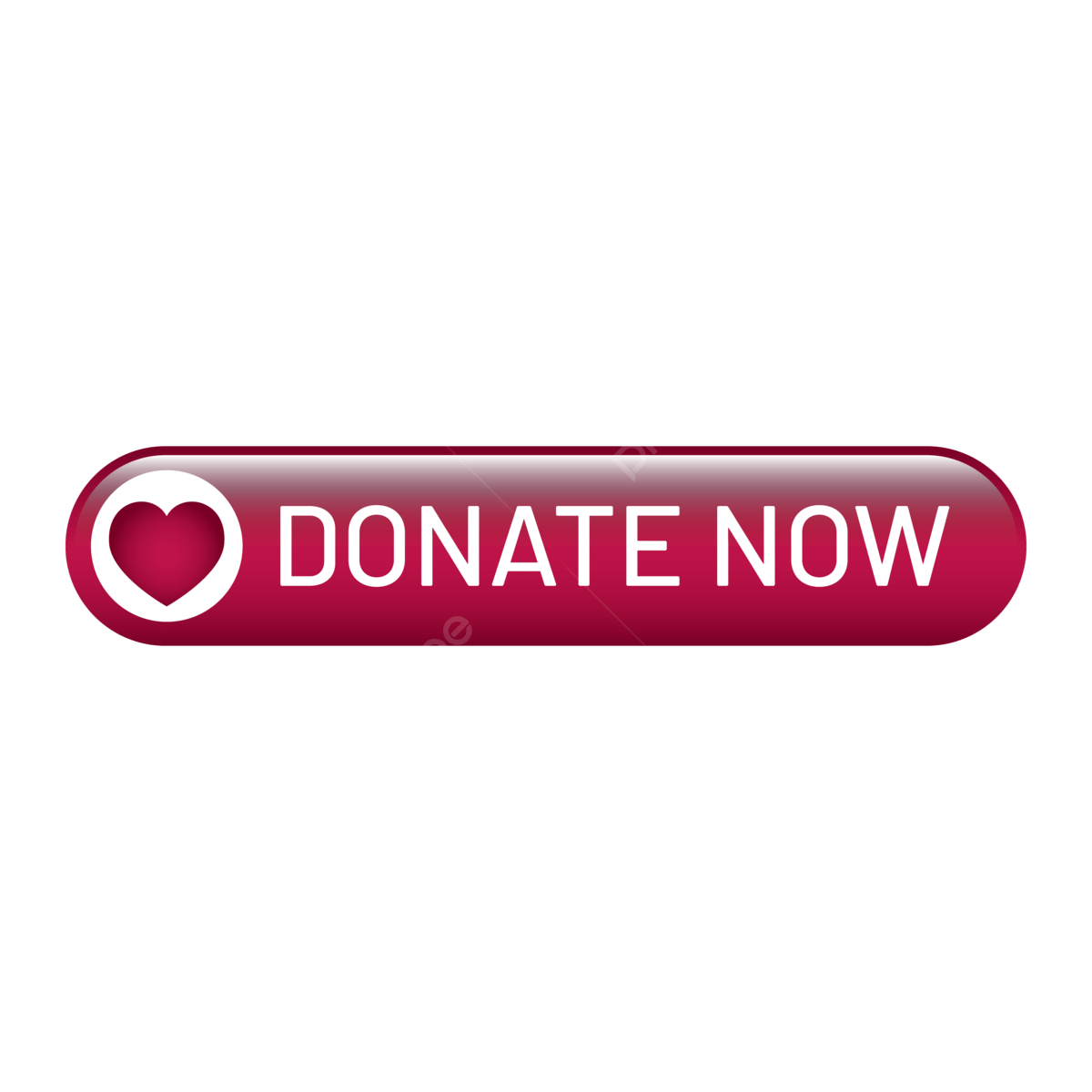Johnson & Johnson Verdict Will Harm Chronic Pain Patients
/By Barby Ingle, PNN Columnist
This week an Oklahoma judge ruled that Johnson & Johnson helped fuel the state’s opioid crisis and ordered the company to pay $572 million in damages.
I watched the entire 7 weeks of the Oklahoma trial and hoped that Judge Thad Balkman would get this right. I do not believe that he did. Johnson & Johnson may have the funds available to pay such a big penalty, but what about the healthcare providers, pharmacies, insurers, FDA, DEA and drug abusers who also played a role in causing the crisis?
This verdict shows that pain patients in America are once again being overlooked for the lives of drug addicts. Both problems need to be addressed: addiction and chronic pain.
I am a chronic pain patient who has been mistreated, undertreated, overtreated and misdiagnosed over the years. Do I think the $572 million is going to make a difference in my care or other pain patients? No, I don’t. We have already seen patients commit suicide because they were taken off opioid medications that were helping them cope with life and manage their pain.
The insurance companies won’t cover the other treatments and for some patients who have tried those treatments and failed, opioids were the only thing giving them quality of life.
Now we see a rise in the suicide rate and overdoses are still high. And where is the problem really coming from? Street drugs.
How is a manufacturer of opioids held liable, but people who chose to abuse drugs are not held accountable? Is it because they can’t make money off poor people?
The Oklahoma verdict is not holding the right people accountable by any reasonable standard. It distorts the public nuisance law beyond recognition and will take away more options and choices from pain patients. This is only the start. Nearly 2,000 other opioid lawsuits are awaiting trial.
Why force these pharmaceutical companies into settlements? Why force an industry that saves millions of lives to do this? We need the industry to keep working on treatments. Less than 5% of the 7,000 rare diseases have any treatment options available. Are these lives less valuable than addicts’ lives? We need to stop forsaking one life for another.
I for one hope that Johnson & Johnson appeals for the sake of the pain community and for the sake of all who need pain medications -- be it for an acute situation such as kidney stones, a shattered pelvis or a chronic illness such as Reflex Sympathetic Dystrophy, arachnoiditis, sickle cell or lupus.
I don’t believe that the pharmaceutical industry started, fueled or conspired to create the largest public health crisis of our time. I don’t believe there is an opioid epidemic. Addiction does affect millions of people but in many cases the help they need has not been provided. Billions of dollars in federal funding, including grants from President Trump’s opioid initiatives, haven’t been fully set up or spent to make a difference.
I believe it's up to the providers and pharmacists to tell us about the risks associated with opioids. They do in most cases. We as chronic pain patients want to have all options on the table. It's going to take a multi-modal approach that will have to start with human behavior and people being responsible for their own actions.
Insurance companies are already using tactics such as step therapy, prior authorization and stall tactics to prevent people from getting proper treatment. This is being done to both the addiction and chronic pain communities. It saves insurers millions of dollars, yet they are not being held accountable for care that is being denied.
For those in pain it's important to have opioids available and it’s not a simple matter of pharmaceutical companies being all bad and responsible for everything that happens to society.
Barby Ingle lives with reflex sympathetic dystrophy (RSD), migralepsy and endometriosis. Barby is a chronic pain educator, patient advocate, and president of the International Pain Foundation. She is also a motivational speaker and best-selling author on pain topics.
More information about Barby can be found at her website.
The information in this column should not be considered as professional medical advice, diagnosis or treatment. It is for informational purposes only and represents the author’s opinions alone. It does not inherently express or reflect the views, opinions and/or positions of Pain News Network.


































